I am wary of government
How a teenager escaped the Czech Republic and learned the mining industry from the ground up
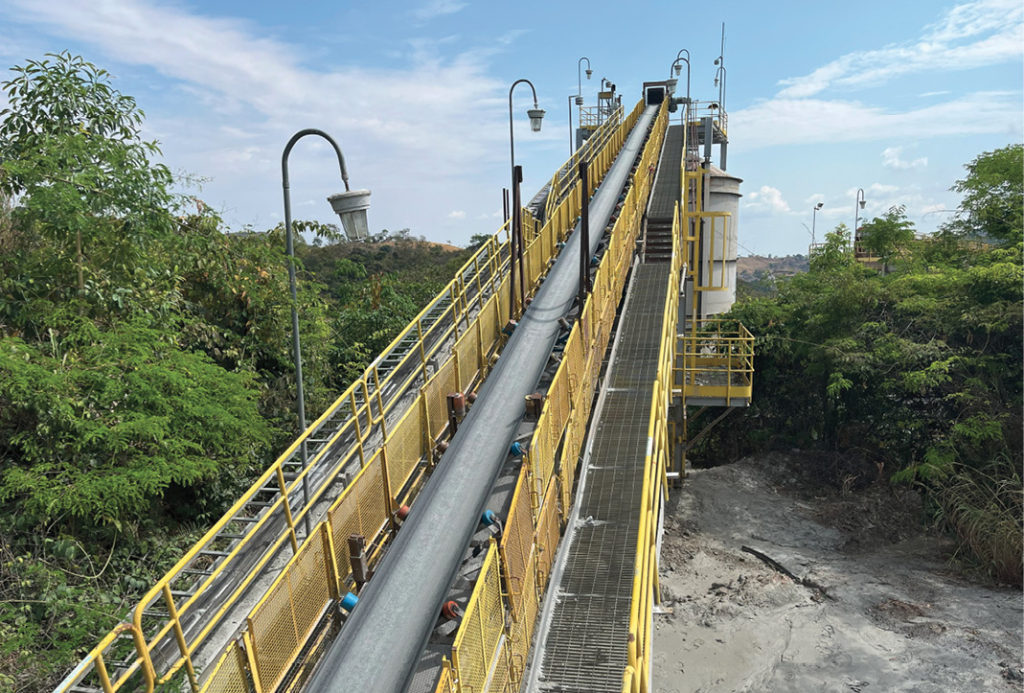
Silver Crown Royalties (SCR) is a pre-IPO stage revenue-generating company focusing on silver as byproduct credits. A “single element royalty company” is a new concept, created by the company’s CEO, Peter Bures (PB).
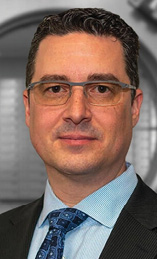
Bures is a precious metals maverick with blunt views on the role of risk and luck in business and investing.
“I am an entrepreneur that started delivering newspapers, pumping gas, and getting robbed,” Bures explains on his LinkedIn profile, “I have failed more often than succeeded, but never gave up, and never quit.”
“Hard work is the only repeatable model,” Bures continued. “The lucky ones will tell you otherwise. But you need luck to win. You can do everything right, and still lose. That is not failure, that is life,” Bures added.
Bures grew up in a town in the Czech Republic. His father was an electrical engineer, and his mother was a childhood educator. Their political views, in a socialist country, made his parents enemies of the state.
The Bures family snuck across the border into Austria, eventually settling in Mississauga, Ont. In Canada, like so many immigrants, the parents were booted down a professional rung: his father worked in a printer repair shop, and his mother did odd jobs.
This interview aims at understanding Mr. Bures’ philosophy and his business objectives with Silver Crown Royalties.
GB: When you were a teenager, your family was uprooted, cut off from its past, its culture, forced to reinvent itself in humbling circumstances. How did this experience inform the way you operate a silver royalty company?
PB: I learned at an early age that it is dangerous to rely on government. Depending on people is also a gamble.
GB: So, this has influenced the way you assess risk?
PB: That is fair. All resource projects carry economic, geological, and metallurgical risks. But by far, the biggest risk is political – which includes sudden changes to laws, corruption, and nationalization of assets. My team pays close attention to the relationships established between the mine operator and the local, provincial, and federal governments. Each level is important. If any of those relationships are under strain, that is a red flag.
GB: Are you anti-government?
PB: I am not, although I am wary of government. I like that fact that you can hold a bar of silver in your hand and keep it out the government’s reach. For many investors, that is an appealing concept.
GB: What is your educational background?
PB: I envisioned myself as an electrical engineer, following in my father’s footsteps. However, I realized that almost everything I saw around me, on any given day, was mined. So, I pursued geological and mineral engineering, which I found more intriguing. I thought there would be more opportunities there since everything in civilization is mined or requires mining to function.
GB: What was the highlight of that educational experience?
PB: The University of Toronto has a professional experience program. It is like an internship, but you must find your own gig. I got a job with Placer Dome. I worked in open pit and underground mining operations, learning about mine planning, open pit sequencing, blasting, emulsion, water purification, tailings ponds, the crushing and grinding circuit, and assaying of the drillhole cuttings, essentially the entirety of the mining operation.
GB: As a young engineer, what part of it interested you most?
PB: There was a pivotal moment that pushed me away from engineering. I was in the Dome mine “vault” – where they keep the old records that have not been digitized. It is a fire-resistant, insulated, air-conditioned, dust-free room.
Going through annual reports from the 1920s, something caught my eye. A line item called “financing activities” on the statements of cash flows. I noticed it was on an order of magnitude higher than revenues from the mining operation. That raised a lot of questions. It was the catalyst that inspired me to transition to banking.
GB: It is one thing to have the idea. Another to execute it. How did you make that transition?
PB: It did not happen right away. I went back to school for two more years. In the senior year, engineering students must do a thesis. I decided to explore the finance side of mining. I wrangled a meeting with Deutsche Bank. I bought a suit, which I thought was impressive, but it was “Casual Friday.” The bankers were dressed in jeans and a Tee-shirts. I met with the whole research team on the gold side. I presented my ideas and then they asked me: “How much do we have to pay you for this work?” I told them, “Nothing – I am a student, and this is my thesis.” They said, “Welcome aboard.”
I moved into Deutsche Bank offices for the next four months. Digging into metal companies, figuring out how they work. Then, I did a road trip across North America, ended up in N.Y. city with no money. I liked the energy of the city. I went to work for HSBC for a year in N.Y., analyzing gold companies, base metal companies, and steel producers. At that point, Canada still had a steel industry. It has since been sold off to international interests.
After that, I worked as a desk strategist at Yorkton for five years. I was writing investment pieces that were not technically research. They were desk notes. I had a morning product called “Cup of Joe,” which was read by institutions and high net worth clients. It was basically market commentary.
Then, I worked on the buy side with Sentry investments. I met with hundreds of companies. The “assets under management” grew from US$300 million to US$3 billion. A tenfold increase. During that time, we had the global financial crisis and the real estate collapse. Gold went to US$1,911. That was fortuitous. Luck is a big part of the business. Being in the right place at the right time.
GB: What does it mean to be on the “buy side?”
PB: Typically, you are representing a mutual fund, a hedge fund, or private equity. It is the guys that have money. Your fiduciary duty is to invest that money sensibly, on a risk-adjusted basis. You are trying to build a portfolio that will generate good returns, benchmarked to various indexes. In the case of precious metals portfolios, we allocated capital by purchasing equities in the open market and participating in private placements.
GB: What does it mean to be on the “sell side?”
PB: The sell side guys work for brokerage houses or investment banks. They produce research which is circulated to their clients. The buy side and sell side guys are forced to talk to each other on the phone. The old joke is that if you are eavesdropping, you can always tell which is which. The buy side guy will be yelling into his phone. When they hang up, the sell side will start yelling at his walls. In other words, the sell side caters to the buy side.
GB: Where did you go after Sentry?
PB: I went to BMO capital markets, covering clients with exposure to precious metal and other mining companies. The gold price was stagnant, I advised my clients not to buy. That did not help my book, but it did forge a lot of valuable relationships. One day, an Australian entrepreneur, named Matt Wood, walked into my office. He had a diamond company in Brazil. I liked his approach, how he deals with local communities first, then local government, then state government, then the federal. His business was centered on relationships. I ended up working with him and learning from him.
GB: Did you take these lessons to the royalty space?
PB: That is correct. I quickly realized that almost all producers have silver as a byproduct. Copper, gold, non-ferrous minerals, or zinc – there is always a bit of silver hanging around. A lot of companies do not report their silver. It is a fascinating space. A massive opportunity. When I discovered there are no pure silver royalty companies, I decided to create one.
The beauty of it is that we can negotiate for a significant amount of silver. But it might be only 2% of the economics of the whole project. We are not a threat. We are never going to own the mine. We do not want to own the mine. We just want the silver. No one else does.
GB: How do you mitigate the risk?
PB: The most powerful way to mitigate risk is through diversification. At Silver Crown Royalties, we have an internal mandate that prevents us from putting more than 10% of our invested capital into any given project. Obviously, we are private right now. We are still building. We have not done 10 deals yet. But that is the target. We intend to build a yield product, paying free cash flow in dividends. Which means we need revenues coming in the door. There are 15,000 projects which are known to have silver in them, so the opportunities are almost endless.
GB: What deals have you done?
PB: Our first deal was with Gold Mountain in British Columbia. We have 90% of the silver from Gold Mountain. We are getting at least 6,000 oz./year now (or 90% of silver paid on, whichever is higher). They way the deal is structured, they are incentivized to go explore – we pay $1/oz. silver added to resources. That is the carrot we dangle.
GB: Any other deals in the works?
PB: We are working with an operator in Peru, and another one in Quebec. We expect to have announcements soon. Meanwhile we closed a deal in Brazil with a private company called “Pilar Gold.” We are paying US$2 million upfront, for 90% of their silver, with a minimum delivery of 16,000 oz./year over 10 years. With a US$1.5 million bonus payment, that could step up to 32,000 oz./year. It fits into our model of cash generation.
GB: Any final thoughts?
PB: My upbringing taught me that there are risks that you can see, and there also risks that you cannot see. Protecting shareholders’ wealth requires me to think hard about both categories.
Guy Bennett is the CEO of Global Stocks News.
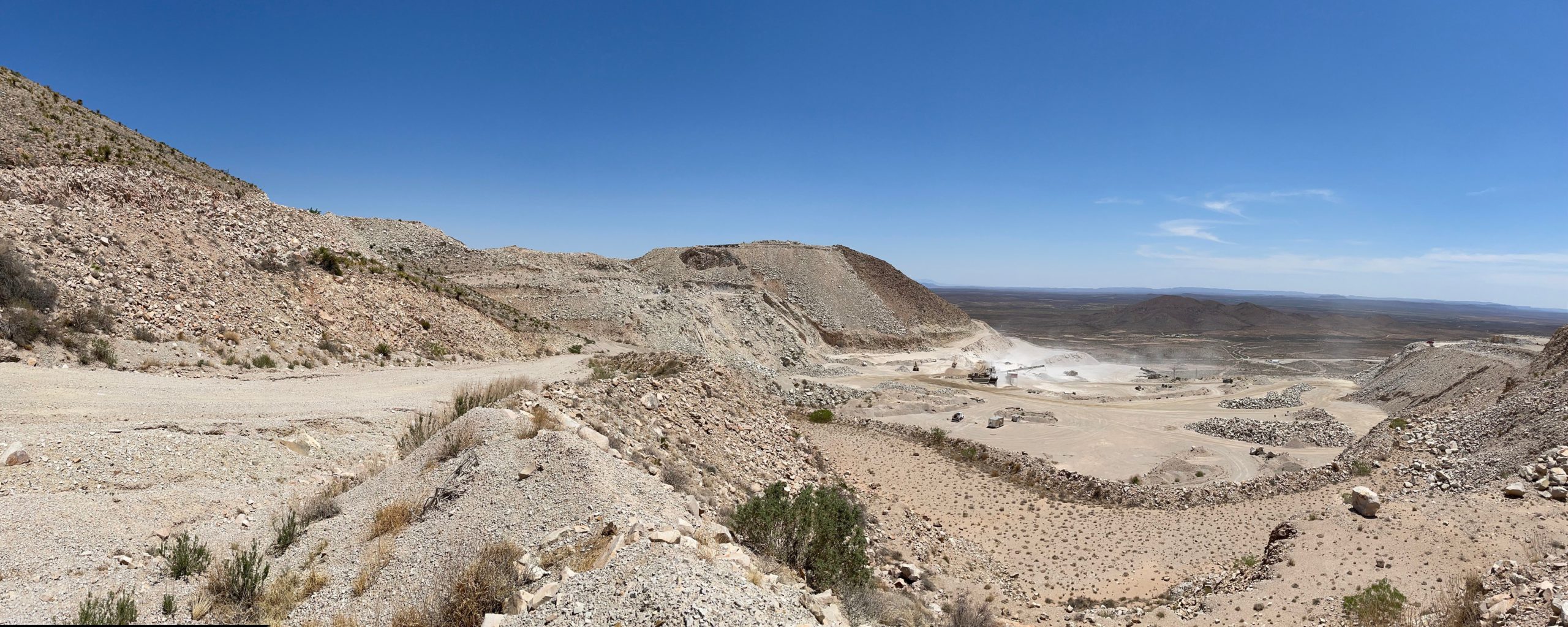
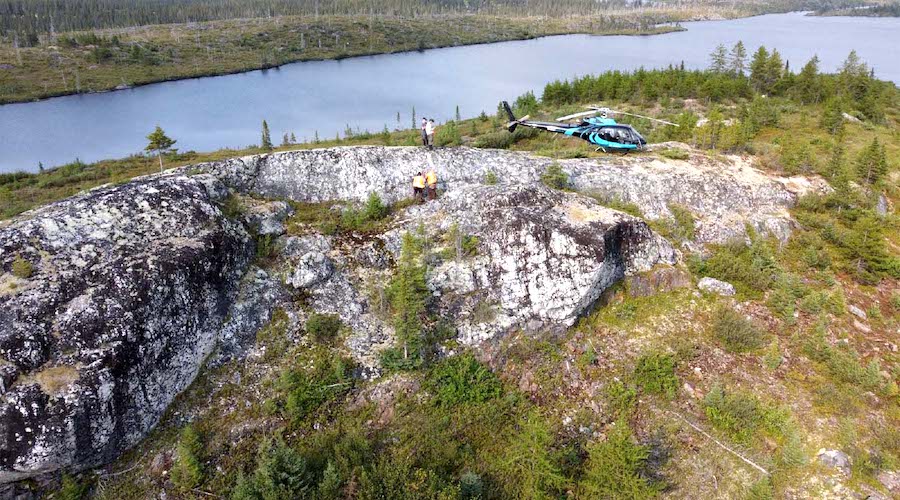
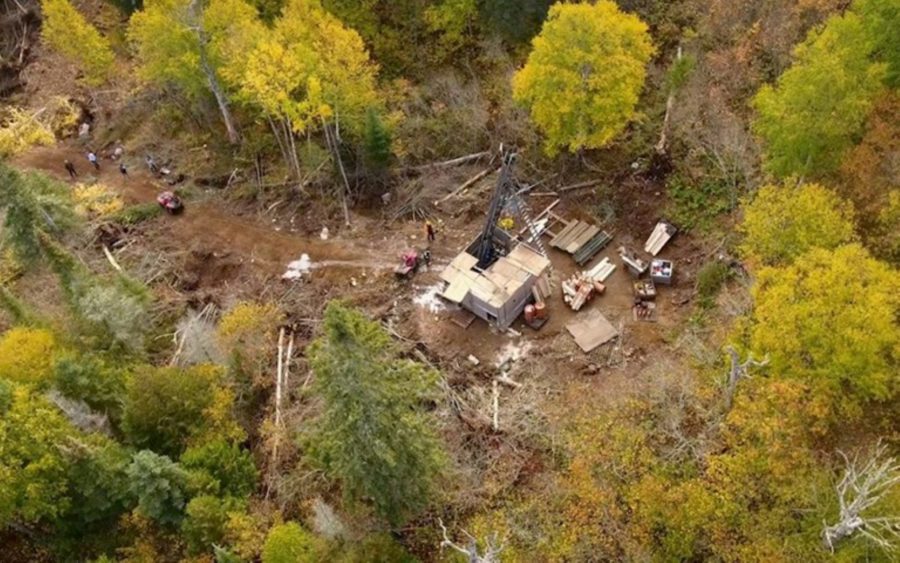
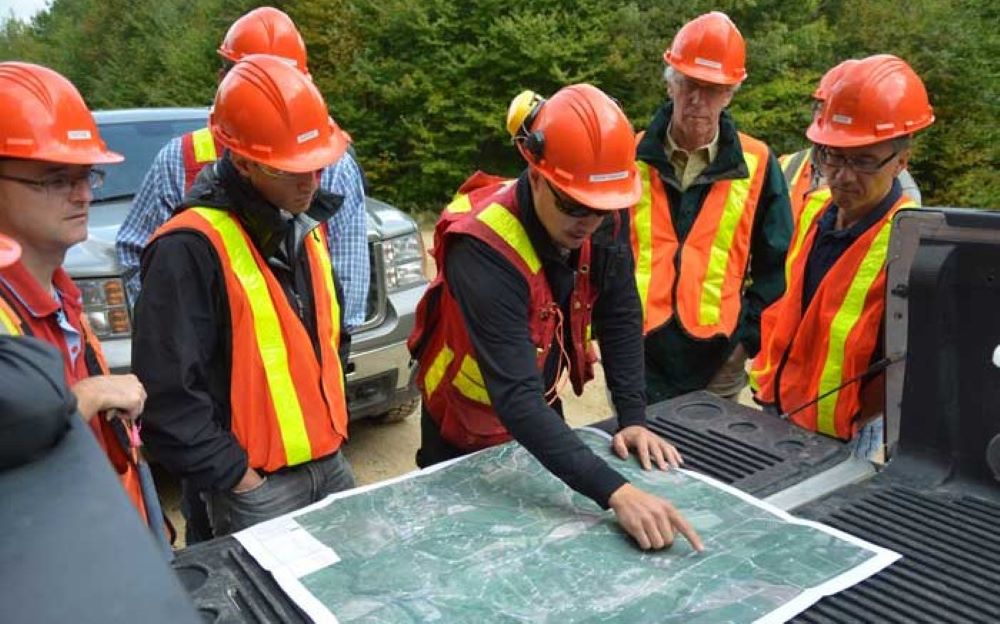
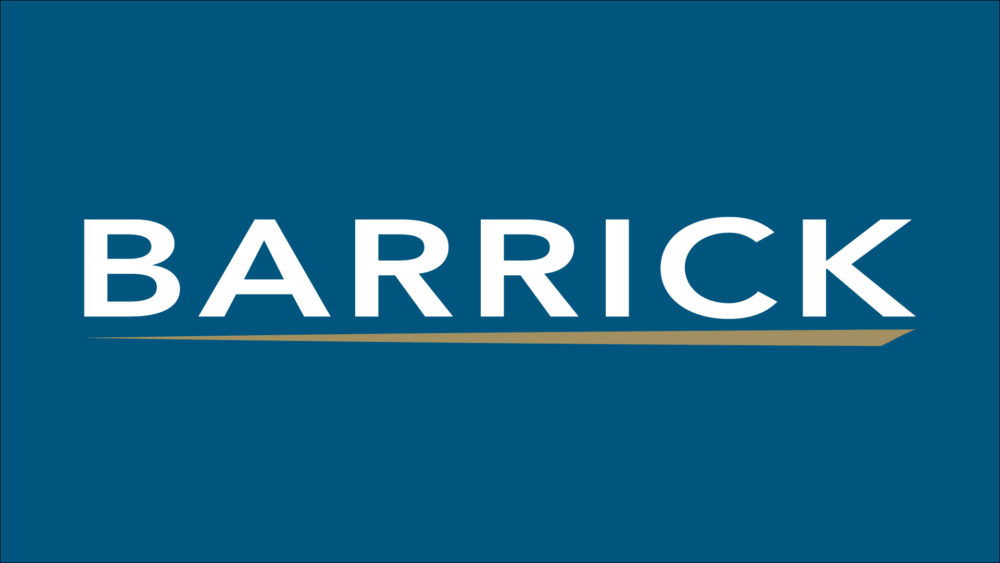
Comments